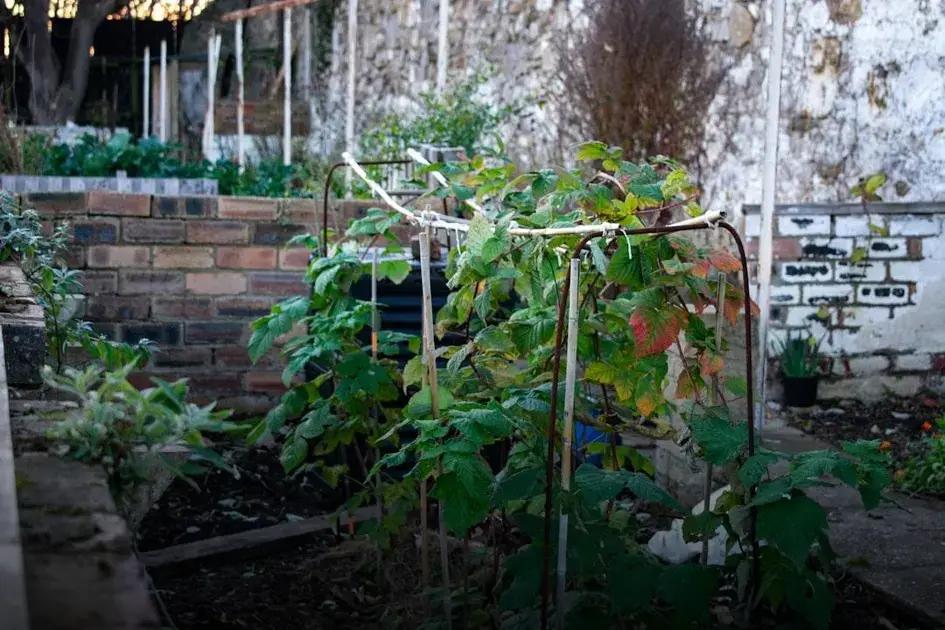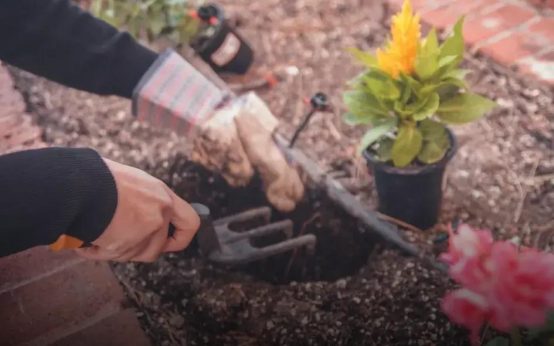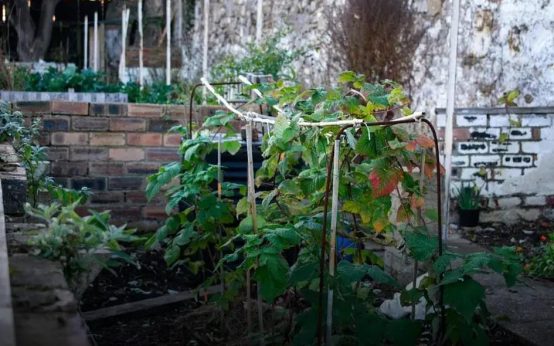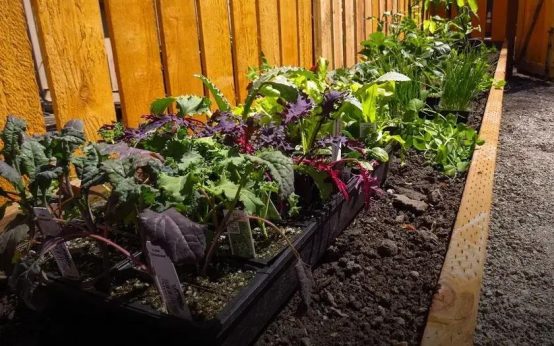Discover how to grow beautiful roses at home with expert advice and proven techniques. Roses are the quintessential garden flower, admired for their beauty and fragrance. With the right approach, you can ensure that your home garden thrives with vibrant, healthy blooms. By choosing the right varieties, preparing the soil meticulously, and following essential care practices, you can enjoy stunning roses in no time. Whether you’re a novice or seasoned gardener, our guide will help you cultivate the perfect rose garden, tackling common challenges like pests and diseases with ease.
Choosing the Right Rose Varieties for Your Home
When selecting the right rose varieties for your home, consider your local climate and the specific conditions of your garden. Start by assessing whether you wish to plant climbing roses, shrub roses, or miniature roses, as each type serves a different aesthetic and functional purpose in your garden landscape.
It’s crucial to evaluate the sunlight available in your garden since roses thrive best in full sun. For areas with partial shade, try varieties like ‘Knock Out’ that can tolerate less sunlight. Moreover, think about the disease resistance of the roses. Varieties such as ‘Mister Lincoln’ or ‘Double Delight’ are known for their robustness against common diseases.
Next, match your rose varieties to your garden’s soil conditions. If your soil is more alkaline, roses like ‘Lady of Shalott’ or ‘Graham Thomas’ will suit well. For those with acidic soil, consider growing ‘Fairy’, a hardy and adaptable variety.
Additionally, think about your personal preferences in terms of color and fragrance when choosing varieties. Classic red roses like ‘Ingrid Bergman’ or ‘Red Eden’ provide a traditional look, while yellow and pink varieties such as ‘Peace’ and ‘Queen Elizabeth’ add a splash of cheerful hues.
Lastly, if space is a constraint, opt for
compact varieties
like ‘Sunsprite’ or ‘Sweet Dream’, which flourish in containers or small garden beds. By strategically selecting your rose varieties, you can ensure that your garden flourishes with healthy and vibrant blooms.
Preparing the Perfect Soil for Rose Growth

Soil preparation is crucial for growing vibrant roses. Roses thrive in soils that are well-drained, rich in organic matter, and slightly acidic. Begin with testing the pH level of your garden soil. Ideally, roses prefer a pH between 6.0 and 6.8.
Incorporate compost or well-rotted manure to improve the soil’s fertility. This not only enhances nutrient quality but also improves moisture retention and drainage. Employ a garden fork or tiller to mix these organic materials into the top 12 inches of soil.
Ensure the soil bed is free from weeds and debris that might compete with rose roots for nutrients. Mulching is a fantastic technique to suppress weeds and retain moisture. A layer of bark chips or straw about 2-3 inches deep can make a significant difference.
Before planting, consider the structure of the soil. Loamy soil is ideal, but if you’re dealing with clay or sandy soils, adjustments are necessary. Add sand or perlite to clay soils to improve drainage, while clay material can be mixed into sandy soils to enhance water retention.
It’s essential to avoid waterlogged conditions. If you’re in an area prone to heavy rain, constructing a raised bed might be beneficial to prevent root rot. Finally, after planting your roses, water them deeply to settle the soil around the roots.
Essential Rose Care and Maintenance Tips
When caring for roses, the first step is to water them properly. Roses thrive with deep watering, ideally at the base of the plant, to avoid wetting the foliage which can lead to diseases. Use mulch to retain soil moisture and keep roots cool.
It’s crucial to fertilize your roses regularly to ensure they receive the necessary nutrients. Use a balanced fertilizer designed for roses, and consider a slow-release formula to provide a continuous supply of nutrients.
Keep an eye on pest control, as roses are targets for aphids, spider mites, and Japanese beetles. Introduce beneficial insects like ladybugs or use a gentle, organic pesticide to keep these pests at bay.
Ensure proper air circulation around your rose bushes by spacing them appropriately. This reduces the humidity around plants, making them less susceptible to fungal infections like black spot and powdery mildew.
During the growing season, deadhead spent blooms frequently to encourage continuous flowering. This process stimulates new growth and keeps the plant tidy.
Dealing with Common Rose Pests and Diseases

Roses, cherished for their beauty and fragrance, often encounter pests and diseases that can hinder their growth. Managing these challenges is crucial for maintaining healthy, vibrant roses. Let’s explore common issues and how to address them effectively.
Identifying Common Rose Pests
- Aphids: These small, sap-sucking insects gather on new growth, causing deformities. Regularly inspect your roses and employ a strong jet of water or insecticidal soap to control their population.
- Spider Mites: These tiny mites cause fine webbing and stippling on leaves. Increase humidity around the plants and utilize miticides or horticultural oils for control.
- Japanese Beetles: With their metallic green and bronze coloring, these beetles chew on foliage, often leaving skeletonized leaf patterns. Remove by hand or use natural predators and traps to reduce their numbers.
Managing Rose Diseases
- Black Spot: Identified by black circular spots on leaves, this fungal disease can be managed by removing affected foliage and ensuring good air circulation. Preventive fungicidal sprays can also be helpful.
- Powdery Mildew: Look for white, powdery growth on leaves and buds. Water plants early in the day to avoid prolonged moisture and apply fungicides if necessary.
- Rust: Rust disease causes orange or rust-colored spots on the underside of leaves. Enhance air movement through strategic pruning and apply fungicides as a preventive measure.
Implementing Integrated Pest Management
Adopting integrated pest management is an effective strategy to keep pests at bay while supporting the environment. This includes using mechanical removal methods, promoting beneficial insects, and selecting disease-resistant rose varieties. Regular garden maintenance and monitoring also play crucial roles in early detection and control.
With these strategies in place, you can overcome common pest and disease challenges and enjoy lush, healthy roses.
Pruning Techniques for Healthier Rose Plants
Pruning roses is essential for promoting healthy growth and ensuring an abundance of blooms. The process begins by removing dead or diseased wood, which not only saves the plant’s energy but also improves air circulation. This helps prevent fungal diseases, a common problem in rose gardens.
Another important technique involves cutting back to an outward-facing bud. This will encourage the rose to grow in a desirable outward pattern, rather than crowding the center of the plant. Maintaining an open center is key to promoting sunlight penetration, crucial for the overall health of rose plants.
Using the Right Tools
Pruning requires sharp secateurs or pruning shears to ensure clean cuts. Dirty or dull tools can damage the plant and open pathways for pests and diseases. It’s a good practice to sterilize your tools before changing plants to prevent the spread of disease.
When cutting, use a 45-degree angle about 1/4 inch above a bud. This encourages new growth in the desired direction and allows water to run off the cut surface. Also, trim any shoots that are thinner than a pencil. They tend to be weak and unproductive, taking away resources from the stronger, more vibrant canes.
Timing Your Pruning
Understanding when to prune is crucial. Typically, late winter or early spring is the best time to prune roses, just before the growing season begins. This timing promotes a vigorous start. However, always consider your local climate, as different regions may require adjustments in your pruning schedule.
Regular deadheading, the process of removing spent flowers, is also part of effective pruning. This encourages continuous blooming and prevents the plant from producing seeds, redirecting its energy into more flowers.
By consistently applying these techniques, you can ensure your rose plants remain healthy, strong, and beautiful throughout the growing season.


 Tips for Growing Tomatoes That Actually Produce Fruit Easily
Tips for Growing Tomatoes That Actually Produce Fruit Easily  Companion Planting: Discover Plants That Thrive Together
Companion Planting: Discover Plants That Thrive Together  Starting a Vegetable Garden: Top Easy Crops to Begin
Starting a Vegetable Garden: Top Easy Crops to Begin